In the digital age, the significance of interface design cannot be overstated. It is the bridge between the user and the technology, the first point of contact, and often the deciding factor in whether a user will engage with a product or abandon it. Interface design encompasses the visual aesthetics, usability, and functionality of a product, all of which contribute to the overall user experience.
1、User-Centered Design
At the core of interface design is a user-centered approach. Understanding the target audience, their needs, and their behavior is crucial. Designers must put themselves in the user's shoes and consider how they will interact with the product. This helps in creating an intuitive and user-friendly interface that is not only visually appealing but also easy to navigate.
2、Visual Aesthetics
The visual aspect of interface design is what catches the user's attention. It includes elements such as color schemes, typography, icons, and layouts. The color scheme should be chosen carefully to evoke the right emotions and create a consistent brand identity. Typography should be legible and reflect the product's tone. Icons and illustrations should be clear and easily recognizable. The layout should be balanced and organized to ensure ease of use.
3、Usability
Usability is another crucial aspect of interface design. It involves ensuring that the interface is easy to use and understand. The design should be intuitive so that users can easily find their way around without any confusion. Navigating through different screens and features should be smooth and seamless. The design should also accommodate different user behaviors and preferences to ensure maximum usability.
4、Functionality
The functionality of an interface is what sets it apart from its competitors. It should be designed to meet the specific needs of the user and provide them with the desired results. The features should be tailored to ensure that users can accomplish their tasks efficiently and effectively. The design should also accommodate future updates and changes to ensure its longevity.
5、Responsive Design
In today's multi-device world, it is essential that interfaces are designed to be responsive across different platforms and screen sizes. This ensures that users can access and use the product on different devices without any issues. Responsive design also ensures that the interface remains consistent across different platforms, providing a seamless user experience.
6、Iterative Design Process
Interface design is not a one-time process but an iterative one. Designers need to constantly test, evaluate, and refine the design to ensure that it meets the evolving needs of the users. This helps in creating a dynamic and adaptable interface that can evolve with the changing times.
In conclusion, interface design is more than just a visual representation of a product; it is the foundation of a great user experience. It is a blend of visual aesthetics, usability, functionality, responsive design, and an iterative process that aims to create an intuitive and user-friendly interface. By focusing on these aspects, designers can create interfaces that not only look great but also provide an exceptional user experience.

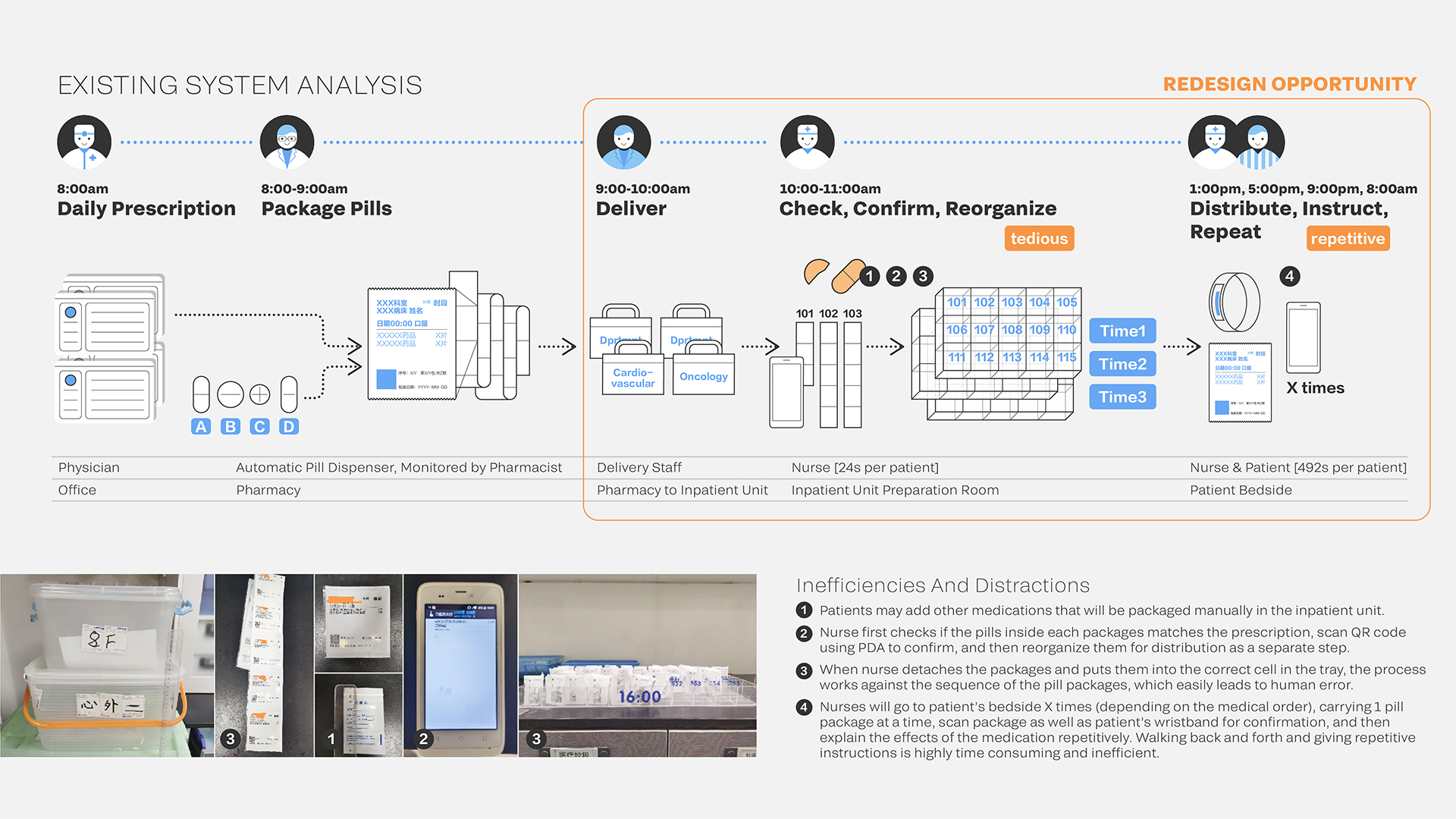
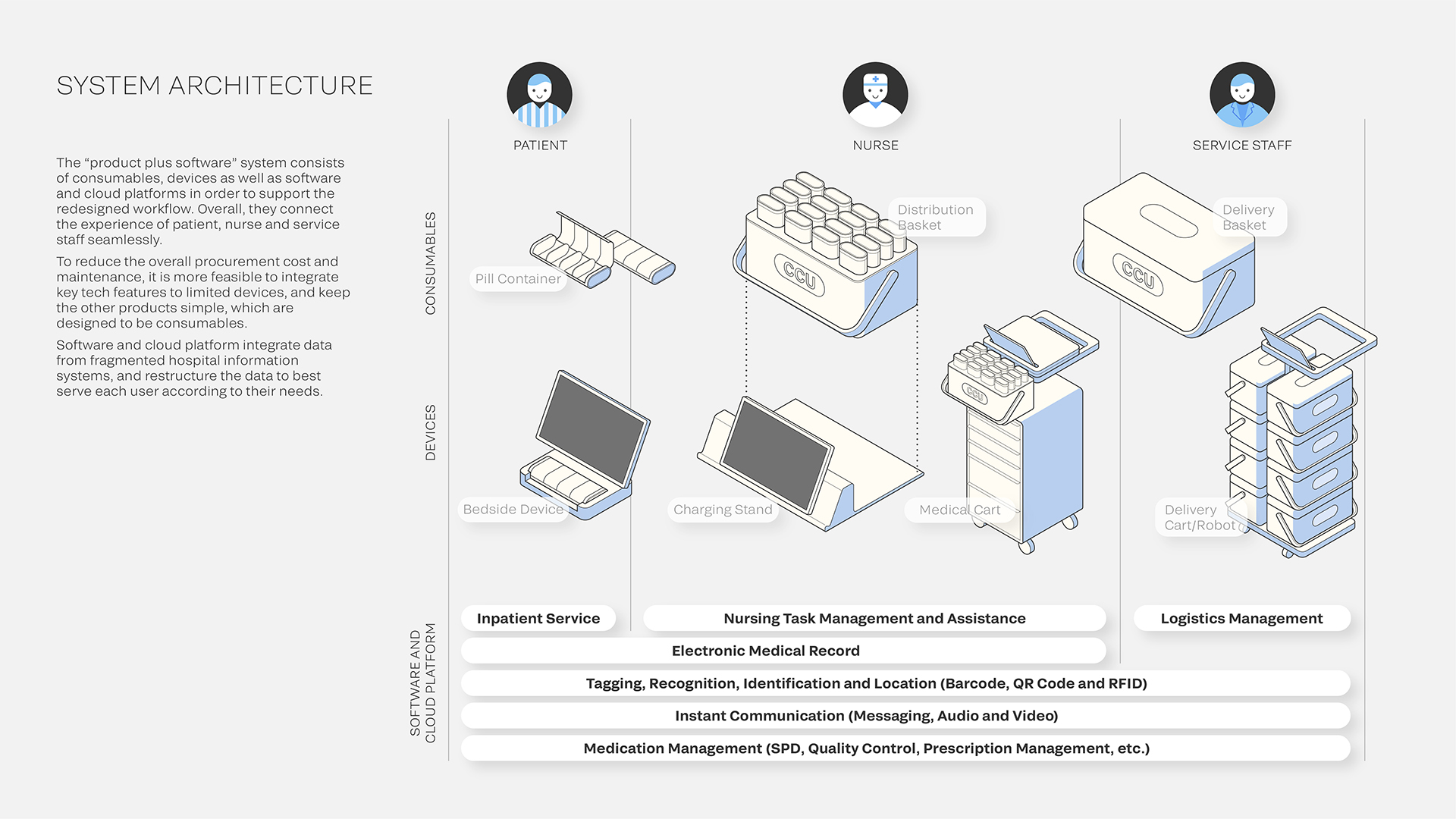
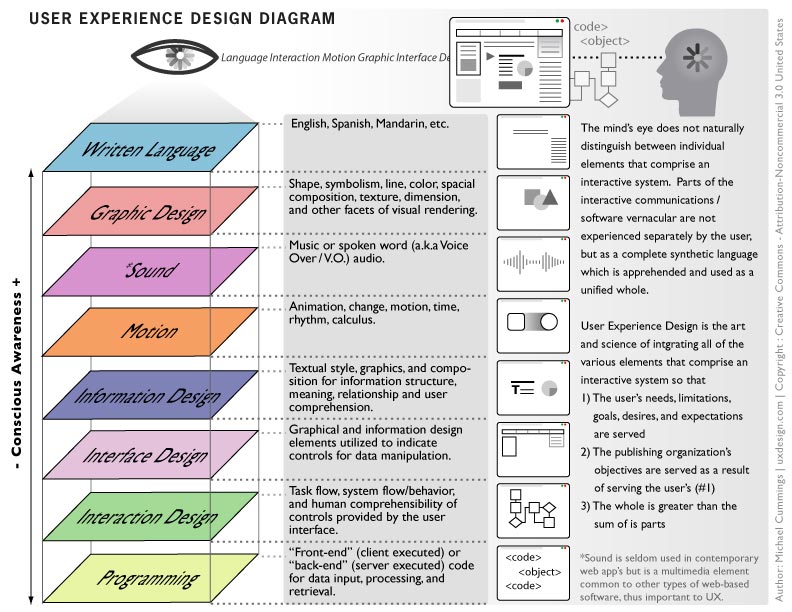
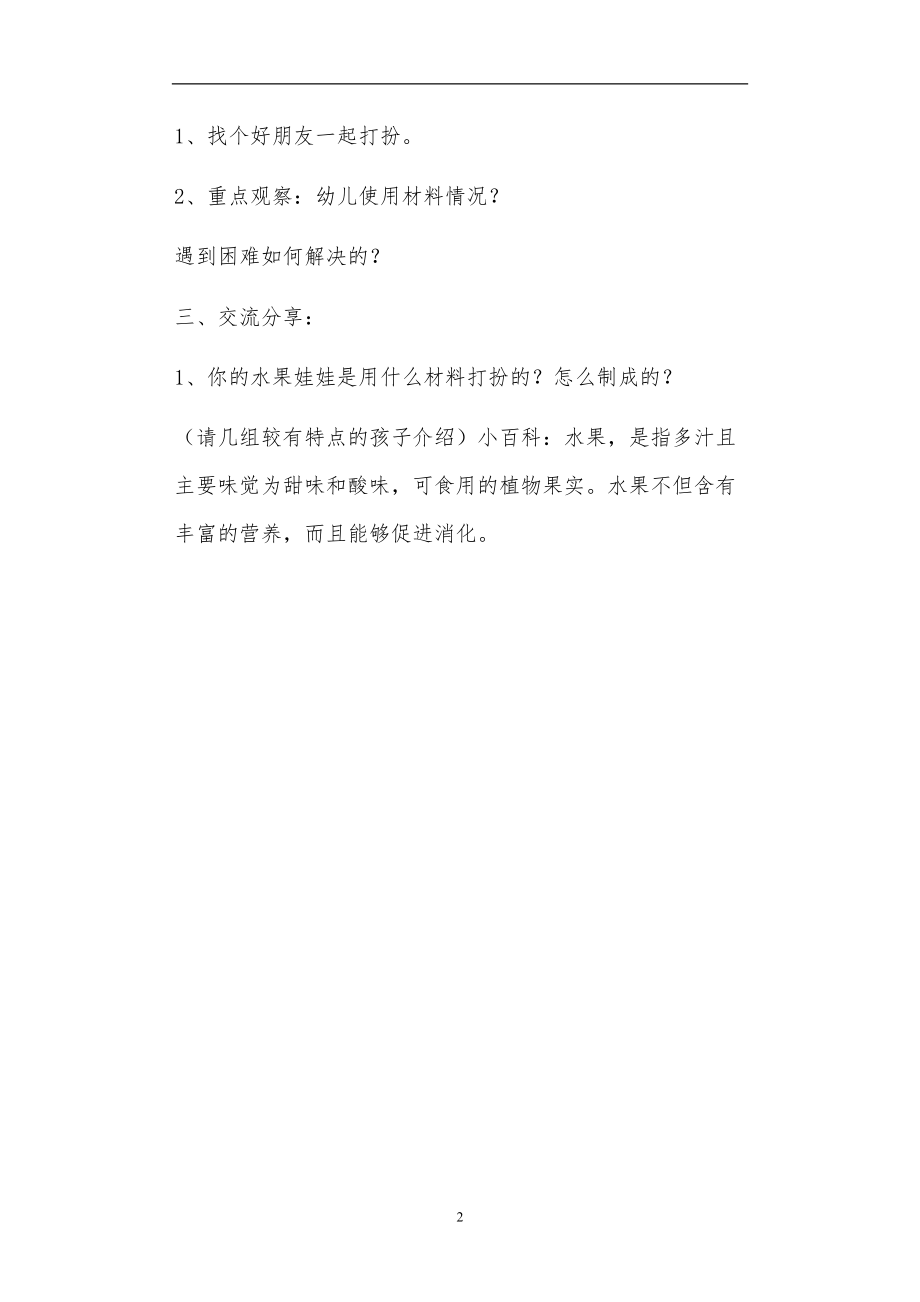



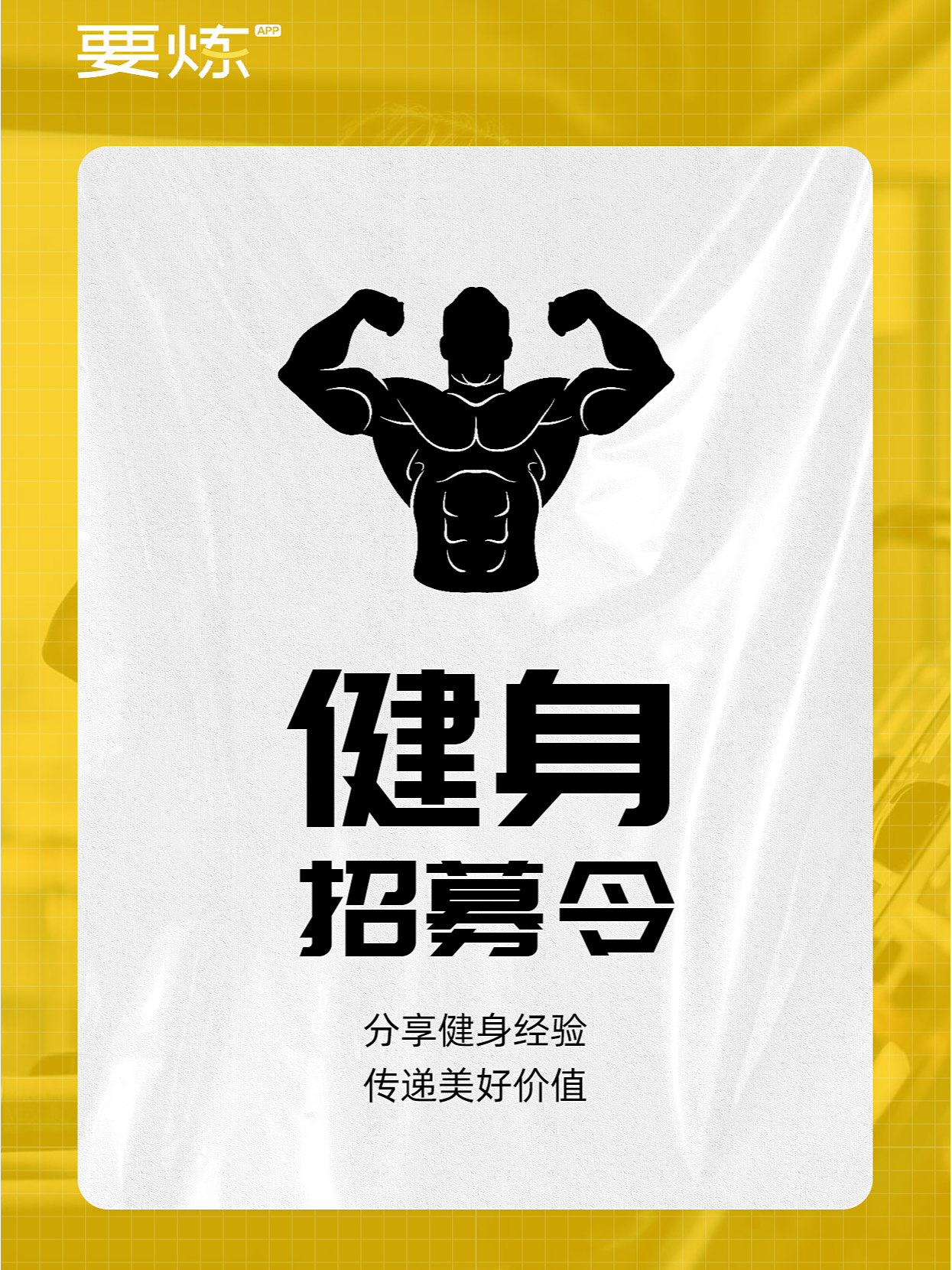
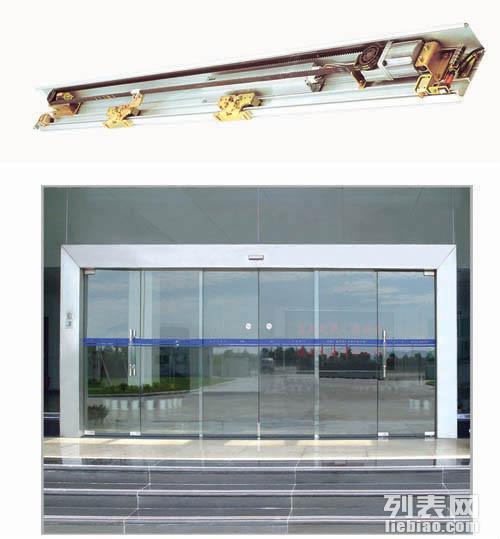

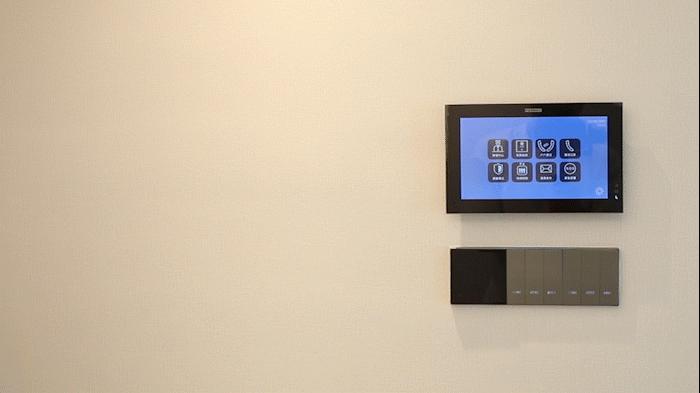
 京公网安备11000000000001号
京公网安备11000000000001号 京ICP备11000001号
京ICP备11000001号
还没有评论,来说两句吧...